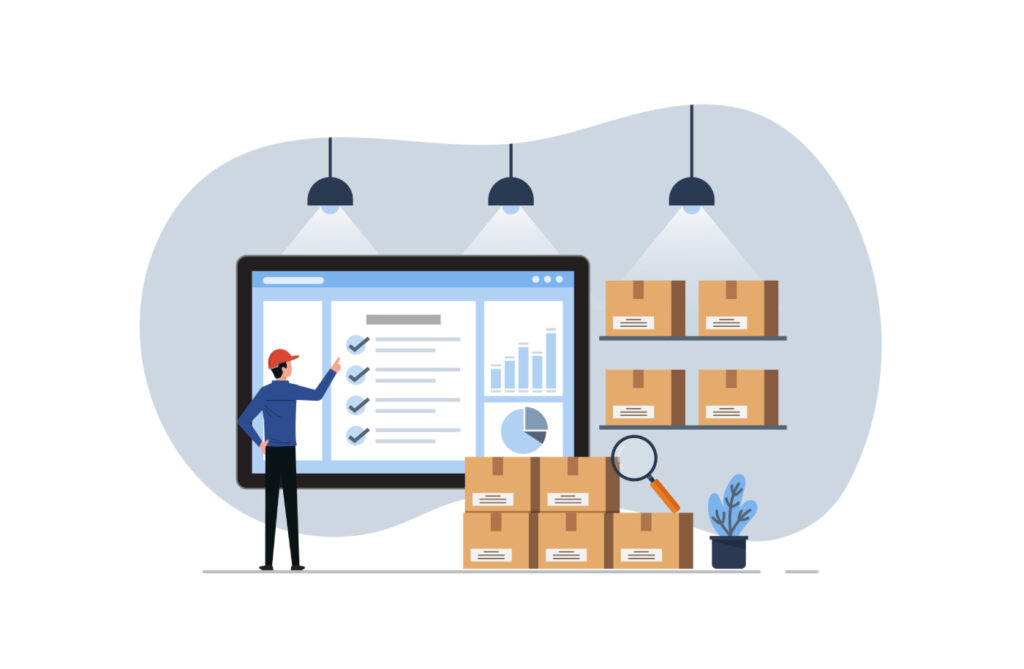Key takeaways
- CRMs typically fail due to a lack of clear goals or strategy, absence of buy-in, failure to adopt the technology, not enough employee training, and/or a software limitation.
- Some CRMs challenges that your team will need to overcome include high costs, too little time, bad data quality, lack of communication, and limited technology and IT capabilities.
What are the challenges of CRM?
Teams implementing and maintaining a customer relationship management system may run into five main CRM challenges: high cost, too little time, bad data quality, lack of communication, and limited technology and IT capabilities.
Cost
One of the major barriers to CRM success is the budget, or lack thereof. CRM themselves can be very expensive, and the implementation costs can add up quickly. Some companies try to save money by skimping on implementation support, which can backfire on them and make it difficult to get the CRM up and running. Downtime to complete training and get up to speed on the new system also eats into company profits.
Solution: In order to make the most of your CRM, your company will need to invest the necessary money to fund the implementation upfront, with the knowledge that it will pay off in the long run as the CRM improves sales over time.
Time
Choosing and implementing a CRM takes time. Your teams need to research, test, onboard, deploy, and train, which can result in downtime for the business and for employees. Sometimes companies try to save on this “lost” time by rushing through these steps or even skipping them entirely, which often results in failure.
SOLUTION: Switching CRMs can’t be done both quickly and successfully, so companies need to set their expectations accordingly and embrace the process.
Data quality
Following the “garbage in, garbage out” principle, if you put poor data into a CRM, then the output will be poor quality, too. This poor or incomplete data can come from many different sources, including a faulty import from the previous CRM or incomplete data entry by sales reps.
SOLUTION: To prevent this from happening, your company will need to carefully import existing CRM data in order to ensure data integrity. Teams should also incentivize the CRM users to input new data into the system correctly to maintain the overall quality of the data pool.
Communication
If your employees have been kept in the dark about the CRM transition — either intentionally or unintentionally — that can lead to a lack of adoption and training and result in a CRM failure. Conflicting information about the migration can also confuse employees and make it difficult to determine what is true and what is false, further hindering their use of the CRM.
SOLUTION: Appoint a committee comprised of a representative from each department affected as part of the adoption process. You hired your staff because you trust their judgment, so taking it into account could save you a lot of headaches.
Technology
Both the technology itself as well as your IT staff can contribute to a CRM failure. Your IT staff might not have the skills and knowledge necessary to successfully implement the new CRM or to maintain it. The CRM itself might also lack necessary integrations with the rest of your company software stack and may not offer the ability to build custom connections with an open API.
SOLUTION: Even if it does have the right integrations, if they are set up incorrectly the CRM will fail anyways. If you’re not confident in your IT staff’s capabilities, you might need to hire outside professionals to assist with the CRM deployment process.

Why does CRM fail?
CRM typically fails for four main reasons: lack of clear goals or strategy, absence of buy-in, failure to adopt the technology, or not enough employee training. It’s also possible a company can simply choose the wrong CRM for its needs.
No clear goals or strategy
When choosing and implementing a CRM, both the company at large and each individual team or department need to have a handful of goals for what they want to accomplish with the software. If they don’t have a very clear vision in mind, then it will be difficult to succeed with the CRM even if all the other pieces are in place. Also watch out for too many competing goals, which muddies the waters and is just as confusing as no goals at all.
Not enough leadership buy-in
Another CRM problem occurs when top-level leadership doesn’t buy into the software change; this can also happen with rank-and-file employees as well. The entire leadership team needs to be on board before making a company-wide change on the scale of replacing your CRM. Appointing one ambassador or super-user per team can help get the rest of the team motivated to adopt the CRM and improve buy-in across the organization.
Failure to adopt
Failure to adopt a new CRM can occur for many reasons, including resistance to change, lack of training, and bad data quality. Employees may not want to learn a whole new platform or they may resist the new accountability that the CRM platform will create. Identifying the root causes underneath the failure to adopt is key for addressing the issues and improving adoption rates. The story linked immediately below illustrates this well.
Also Read: The Technology Adoption Curve: A Guide to the 5 Stages
Not enough training
Sometimes, your employees simply haven’t been given enough training or guidance to learn how to use the CRM. Thankfully, this problem is often relatively simple to remedy, and most reputable CRMs provide lots of training resources. Help forums, training videos, and webinar demonstrations can give employees the education they need to take full advantage of the CRM and make sure that your company is getting a return on its investment.
Software doesn’t meet needs
In some cases, your CRM problems might not fit into any of the above categories. If this situation arises, consider whether or not you may have chosen the wrong CRM, or if your company has scaled beyond the capabilities of your current CRM and marketing automation software. In both of these situations, the ultimate solution is often to seek out a new CRM that can meet the needs of your company and scale with it in the future, instead of trying to make the current subpar tech work.
Overcoming the CRM challenges
While Customer CRM systems are indispensable tools for modern businesses, they come with their own set of challenges. From user adoption and data integration to system customization and ROI measurement, these hurdles may seem daunting. However, with well-thought-out strategies such as comprehensive training, phased implementation, consistent data hygiene practices, and rigorous performance tracking, businesses can effectively surmount these challenges and fully harness the potential of their CRM systems. The key is to view these challenges not as insurmountable obstacles, but as opportunities for growth and improvement. By doing so, businesses can transform their CRM systems from mere tools into powerful assets that drive customer satisfaction, operational efficiency, and ultimately, business success.
Looking for the latest in CRM solutions? Check out our CRM Software Buyer’s Guide.
FAQs
Common challenges associated with CRM include user adoption, data integration and quality, system customization, and measuring return on investment (ROI).
The best strategies to overcome CRM challenges include comprehensive user training, phased implementation, maintaining data cleanliness, customizing the system to fit business needs, and regularly tracking and analyzing metrics for continuous improvement.





